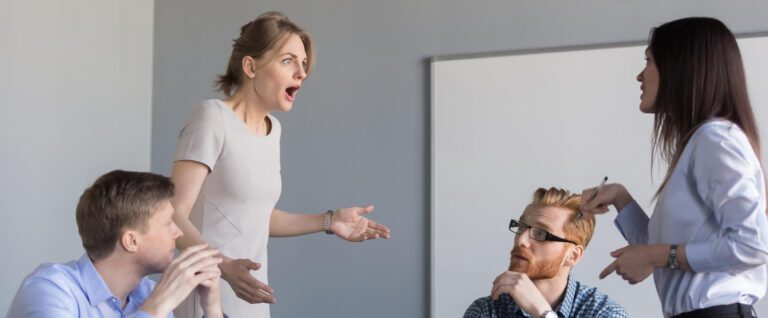In his excellent book: The Accelerated Learning Handbook, Dave Meier advises: “Make sure to get people out of their seats and provide opportunities for physical movement and activity as part of the learning process.” Physical movement has been shown to have a positive impact on learning and retention.
Neurological research indicates that thinking and bodily movement are interconnected in the brain. In fact, the part of the neocortex that governs thinking and problem solving is situated next to the part of the neocortex that controls fine motor functions. Bodily movement also stimulates the secretion of chemicals that are essential for neural network construction in the brain, which aids learning. Together, the mind and the body are one completely integrated electrical-chemical-biological system.
When participants are able to use their whole brain for learning (mind, body, emotions, and all the senses), they learn faster and more effectively. As Dave says, “If your body don’t move, your brain don’t groove.“





